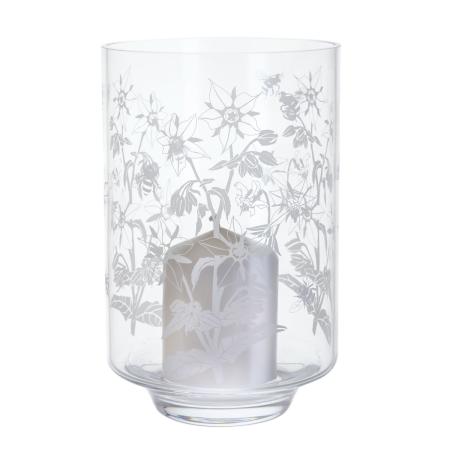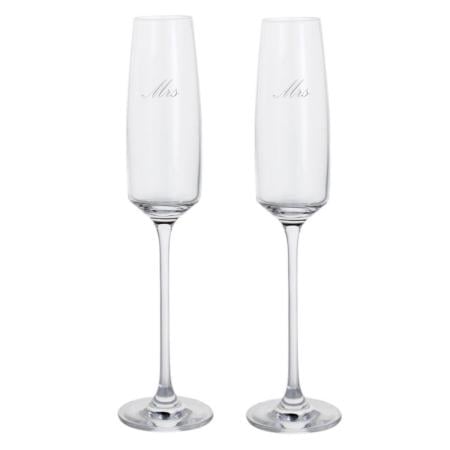In the Making: The Process

Stage One: Gathering
Our premium made in UK crystal collections are hand-crafted from the finest materials by highly experienced glass makers in our Devon factory. Traditional techniques of mouth- blowing and hand- finishing are used to create functional pieces of real beauty.
The process begins with the first gather of molten glass being taken from the furnace on the end of a blowing pipe. A bubble is then blown into the gob of glass. Next it is rolled, either on a smooth steel plate (called a marver), worked in a scoop, or sometimes a wad of wet newspaper. This prepares the glass for the mould.

Stage Two: Mould Blowing
Our moulds are crafted from graphite by our mould makers in the factory. The Blower will then carefully lower the glass into the mould, blowing until the glass takes shape. The mould surface is wetted to create a jacket of steam around the hot glass that produces a silky smooth surface on the finished item.

Stage Three: Cooling & Annealing
Once complete the is then placed onto a slow moving conveyor in a temperature controlled tunnel called the annealing lehr. Many pieces will still have a cap or ‘moil’ – the excess glass that oozed over the top of the mould and joined the blowing pipe. Each piece is gradually cooled down in the lehr to room temperature. The gradual cooling relieves stresses and prevents the items from shattering if allowed to cool to quickly. Each piece is then inspected and is rejected and broken if it is not up to standard. Any item rejected at this stage can be recycled as cullet and fed back into the batch for re-melting.

Stage Four: Finishing
Pieces suitable for finishing are processed to remove the surplus moil. Each piece is scored to its required height using tungsten wheels, then this line of weakness is followed by the intense heat of gas jets until the moil falls away. Larger items are “cracked off” manually using diamond tipped saws. The edges are still very sharp, so the glasses are now passed over a series of carborundrum and cork discs or belts which grind the edges until smooth. Items with stoppers such as decanters will be individually ground and finished so that the matching stopper creates an airtight seal. Many items such as drinking glasses pass through a Top Melting machine which directs a small jet flame onto the very edge of each glass, leaving it rounded and smooth.

Stage Five: Inspection and Packing
Once completed each item is washed and dried by hand before the Dartington back stamp is etched into the base after final inspection. The pieces are then labelled with the famous Dartington brand logo sticker, and carefully packed into boxes. The finished pieces are then either sent straight out to be delivered to customers or stored in our warehouse for future dispatch.






